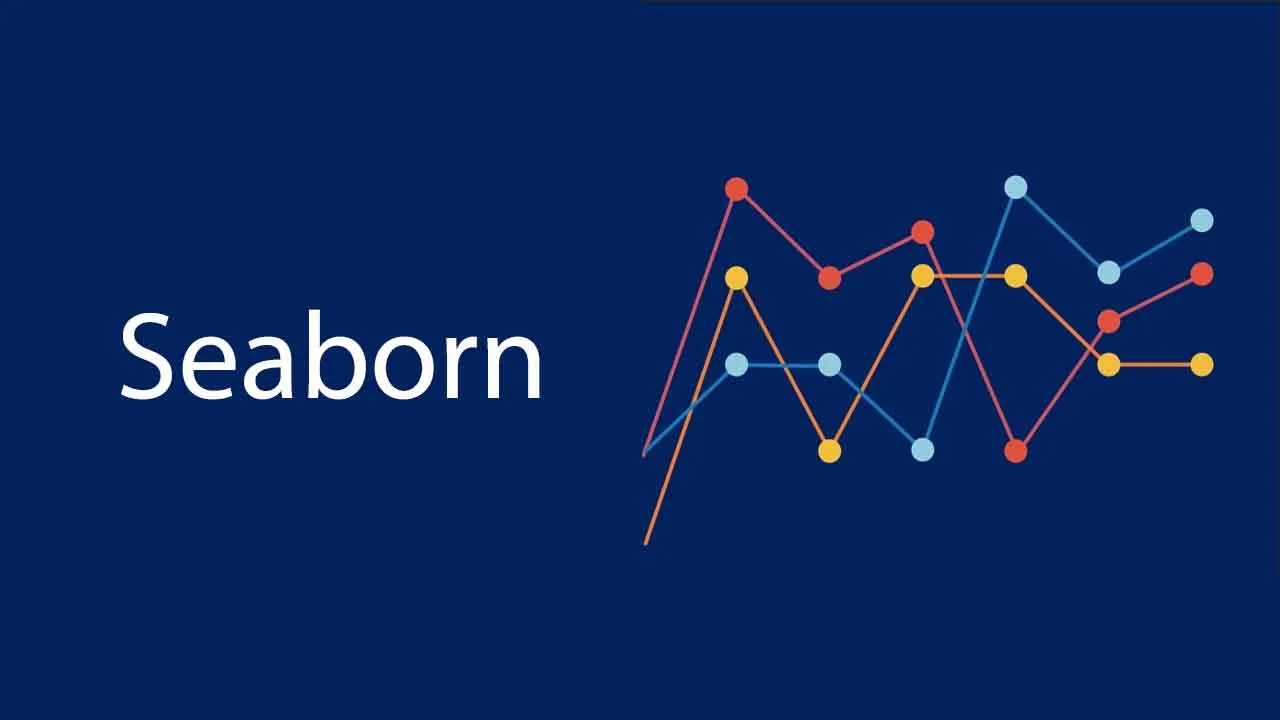This is my last tutorial for my python visualization series:
- The tutorial I: Fig and Ax object
- Tutorial II: Line plot, legend, color
- Tutorial III: box plot, bar plot, scatter plot, histogram, heatmap, colormap
- Tutorial IV: violin plot, dendrogram
- Tutorial V: Plots in Seaborn (cluster heatmap, pair plot, dist plot, etc)
You don’t need to read all previous posts, and this one would be a bit separated from my last four articles. I am going to show you a head-to-head comparison between the matplotlib library and the Seaborn library in python.
As I alluded to in my tutorial I, I purposely use the most low-level visualization library — matplotlib to demonstrate how to gain full control and understand each element in every plot type. If you’ve had a chance to read my previous articles, I hope it indeed helps you toward this goal (If not, don’t hesitate to let me know and I can post additional tutorials for that). In contrast to matplotlib, Seaborn is a high-level interface that would make our life much easier by alleviating the pain and freeing us from writing a lot of boilerplate codes. It is a great package and here in this post, I will provide useful guidance about when you should use Seaborn, and more importantly, I will use concrete examples to walk you through the process of using Seaborn.
#seaborn #python #python-visualization
